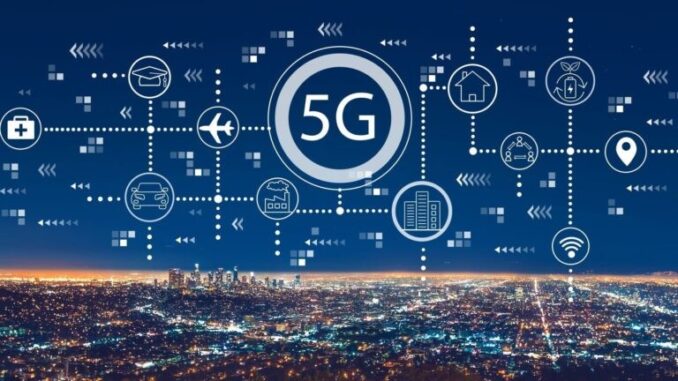
With the advent of quantum computing, traditional cryptographic methods are facing potential vulnerabilities, prompting significant interest in developing strategies to secure 5G technology against these emerging threats.
Quantum computers could, in theory, break widely used encryption algorithms by utilizing quantum algorithms like Shor’s algorithm, which can efficiently factor large numbers and solve certain discrete logarithm problems.







This vulnerability highlights the need for 5G networks to incorporate resistance to quantum computing threats. Here are several key approaches and considerations for enhancing 5G security in the context of quantum threats:
### 1. **Post-Quantum Cryptography (PQC)**
– **Development of New Algorithms**: Research into post-quantum cryptographic algorithms is rapidly evolving. These algorithms are designed to be secure against the capabilities of quantum computers. Examples include lattice-based cryptography, hash-based cryptography, and multivariate polynomial cryptography.
– **Standardization Efforts**: Organizations such as the National Institute of Standards and Technology (NIST) are actively working on standardizing post-quantum cryptographic algorithms to facilitate their implementation across various technologies, including 5G.
### 2. **Hybrid Cryptographic Approaches**
– **Combining Classical and Quantum-Resistant Algorithms**: One potential approach for securing 5G communications is the use of hybrid cryptographic systems. These systems can incorporate both traditional cryptographic methods (which are still secure against classical attacks) along with post-quantum algorithms to offer a layered defense. This helps in ensuring security against both current and future threats.
– **Gradual Transition**: By gradually transitioning to post-quantum cryptography, 5G networks can maintain compatibility with existing infrastructure while preparing for a more secure future.
### 3. **Quantum Key Distribution (QKD)**
– **Leveraging Quantum Mechanics**: Quantum Key Distribution is a method of securely sharing encryption keys using the principles of quantum mechanics. QKD ensures that any attempt to eavesdrop on the communication will be detectable, thus providing exceptional security.
– **Integration with 5G Networks**: While QKD currently has limitations in terms of distance and implementation, integrating QKD with 5G infrastructure could enhance key exchange processes, particularly for high-security applications like critical infrastructure and sensitive data transmissions.
### 4. **Enhanced Identity and Access Management**
– **Decentralized Trust Models**: Implementing decentralized trust models can enhance security against quantum threats. By reducing reliance on central authority for identity verification, distributed ledger technologies (like blockchain) can provide robust authentication mechanisms.
– **Zero Trust Security Models**: Moving towards a zero-trust architecture, where every access request is verified regardless of origin, can mitigate risks associated with potential quantum threats, ensuring security measures are consistently applied.
### 5. **Flexible Security Frameworks**
– **Modular Security Solutions**: Designing flexible and modular security frameworks allows for easy updates and adaptations in response to advances in quantum computing. This adaptability is essential for maintaining robust security over time.
– **Regular Risk Assessments**: As the landscape of quantum computing evolves, continuous risk assessments and updates to cryptographic practices will be necessary to address newly identified vulnerabilities.
### 6. **Awareness and Training**
– **Industry Awareness Programs**: Promoting awareness about the implications of quantum computing on cybersecurity is vital. Training for stakeholders, including developers, network operators, and policymakers, enhances understanding and readiness for future threats.
– **Collaboration and Information Sharing**: Engaging in collaboration between industry, academia, and governments can facilitate information sharing and best practices in the development and deployment of quantum-resistant technologies.
### 7. **Regulatory and Compliance Frameworks**
– **Staying Ahead of Regulations**: Regulatory frameworks may evolve to incorporate quantum-specific requirements for data protection and encryption standards. Industry compliance with these emerging regulations will be crucial for maintaining trust and security.
– **Long-Term Planning**: Policymakers and telecommunication regulators should plan for the long-term implications of quantum computing on security standards and sustainability of infrastructure.
### Conclusion
As quantum computing continues to advance, it poses significant risks to conventional cryptographic systems currently used in 5G networks. However, by proactively adopting post-quantum cryptographic algorithms, hybrid systems, quantum key distribution, and flexible security frameworks, the resilience of 5G technology against these future threats can be greatly enhanced. Continuous innovation, coupled with a commitment to collaboration and awareness, will be key to maintaining safe and secure communications in the face of evolving quantum technologies.


Leave a Reply